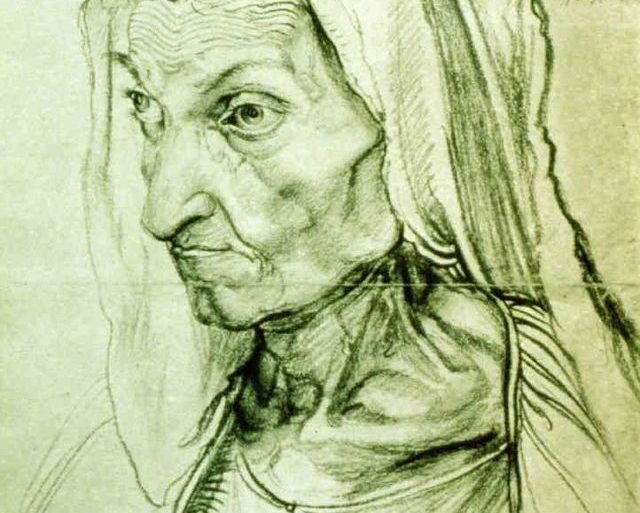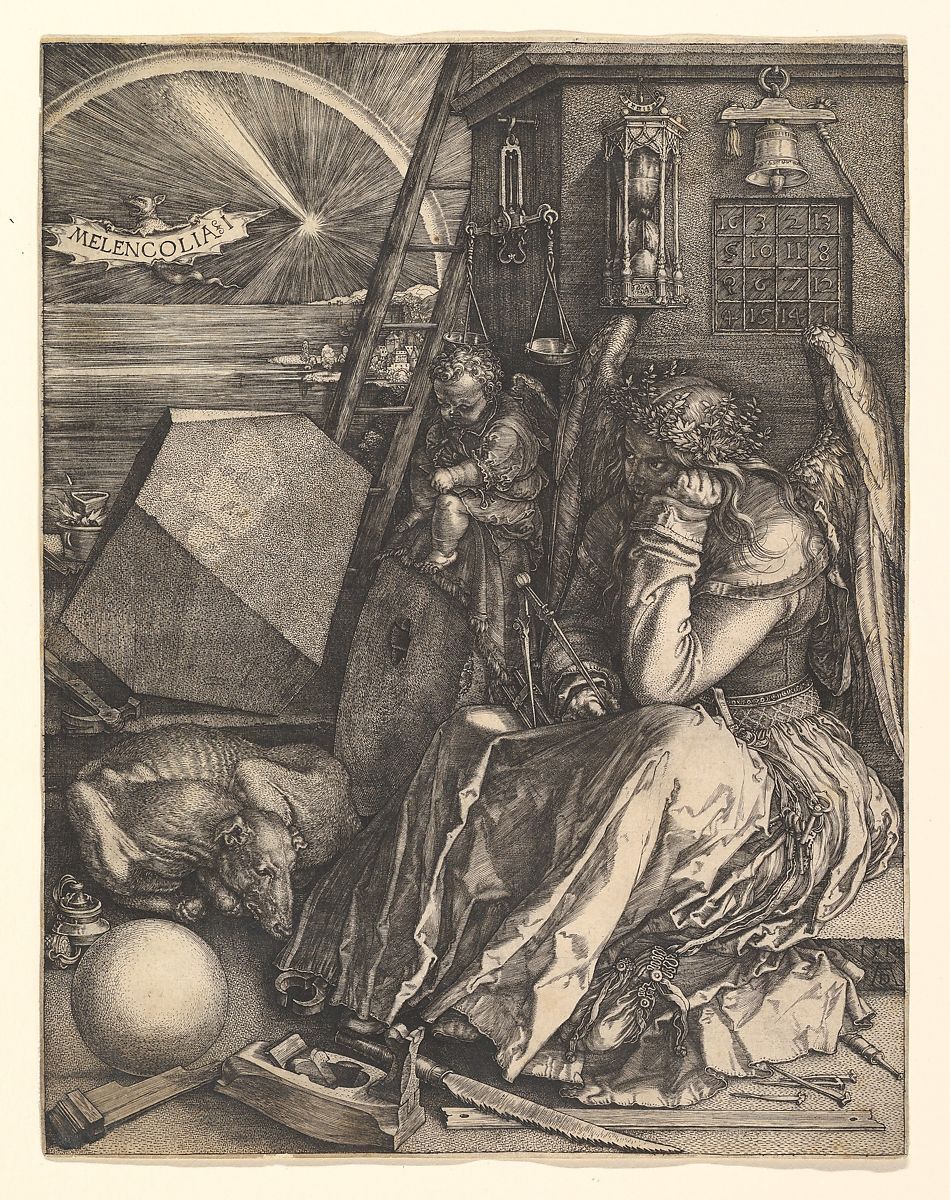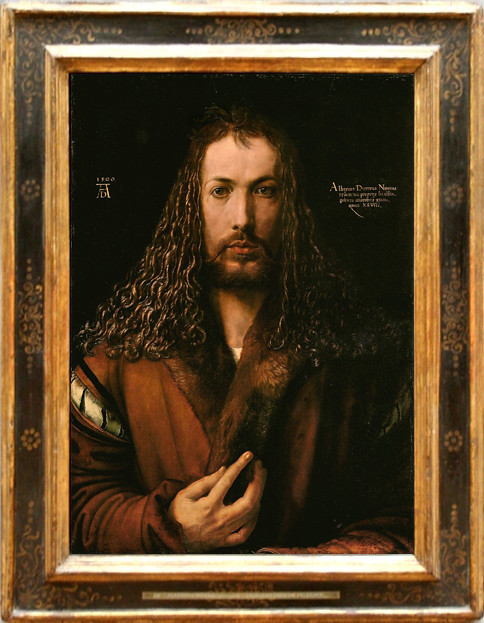
This post is also available in:


One of the greatest representatives of the Northern Renaissance, Albrecht Dürer, born in 1471, was a great painter, engraver, and mathematician of art history. I had the opportunity, in 2015, shortly before moving to the USA, to stay in Nuremberg to visit the house where he lived from 1509 onwards: a massive half-timbered house containing a large printing machine and reference objects similar to those used by the artist. It was a very fascinating visit even just for the atmosphere that you breathe and that brings us back to that of the time. After his apprenticeship at his father’s studio (renowned goldsmith) he learned art in Michael Wolgemut’s workshop and then left for Italy: the first of the two trips he made to Italy, where he was able not only to compose important works of art, but also to get to know the great representatives of the Italian Renaissance and to connect Italian Renaissance art to the northern one. On his return to Nuremberg he worked mainly on the technique of copperplate engraving and xylography (wood engraving) creating some of the best known works produced with this medium, including Melencolia I of 1514: Dürer’s spiritual self-portrait, ironically represented by a paralyzed and powerless artist, which exemplifies Dürer’s artistic power at its height.

Melancolia I is one of the three great prints of 1513 and 1514 known as his Meisterstiches (masterly engravings): each corresponds to one of the three virtues of medieval scholasticism, moral, theological and intellectual. His Meisterstiches represent not only the complexity of Dürer’s thought and his era, but also the pinnacle of the artist’s technical skill in managing light and shadow and mastering the engraved line. Just last year I saw the lesser-known “Small Passion” series exhibited at the Brooks Museum in Memphis, Tennessee: 35 religious works (much in demand at the time and very successful) that were printed as a book in Nuremberg in 1511. When Dürer died at the age of 57, he was considered one of the most famous artists of his time, surpassed only by Michelangelo and Raphael. In his life he composed three self-portraits, the last of which dates back to 1500, and is considered by art historians as the most personal, iconic and complex of the three.

The work selected is my favourite, because of the simplicity of the technique that has an extraordinary emotional rendering. Composed in simple charcoal on paper, it represents the artist’s mother, Barbara Dürer, born Holper, shortly before her death at the age of 63. This is the second and last portrait dedicated to his mother, the first is painted in oil on oak wood panel representing her at 39 years old. Dürer in this second work depicts her in a severe realism that makes clear the imminent passage to better life of this woman, given in marriage at the age of 15, who gave birth to her husband, 18 children (only two survivors). Her eyes that seem objectively spherical because of the groove in his eyelids seem to look into the void while the wrinkled skin adheres perfectly to the skeleton giving the observer a sense of decadence of old age. It seems almost as if the artist wants to represent her with harshness and cruelty given the precise anatomy with which he draws her, but in reality he has kind and thoughtful words for her. In addition to the words at the top right, in which the artist writes a memo: “This is Albrecht Dürer’s mother when he was 63 years old and died in 1514, Tuesday before Rogation Week (16 May), about two hours before sunset”, he uses compassionate words for her naming her as…pious Mother…who has often had the plague and many other serious and strange diseases, and has suffered great poverty, contempt, mocking words, terror and great adversity. And yet she bore no malice…I repeated her prayers. I felt so sorry for her that I could not express it. God be merciful to her.” A masterpiece.
Work of the title: Portrait of the Artist’s Mother at the Age of 63 by Albrecht Dürer, 1514. Charcoal on paper. Kupferstichkabinett Berlin.
